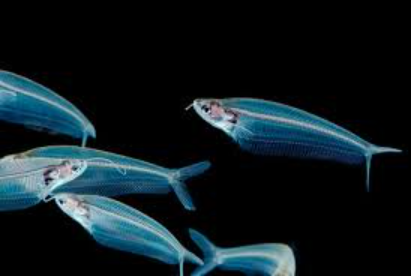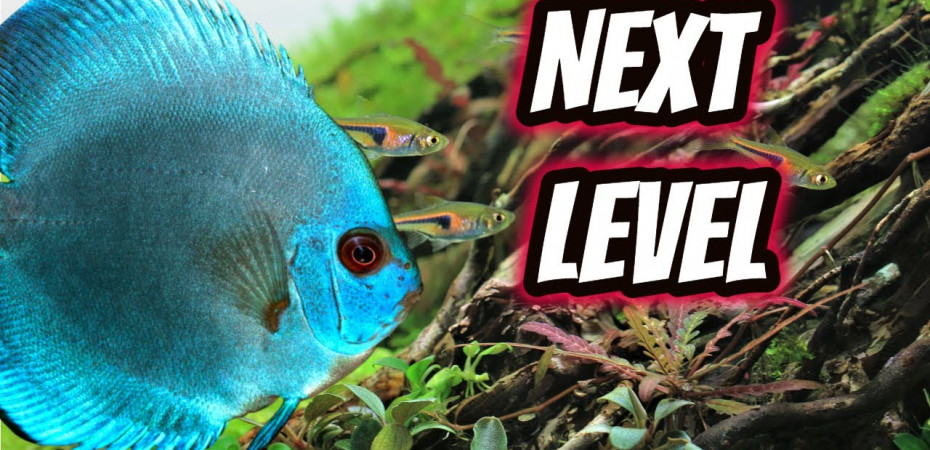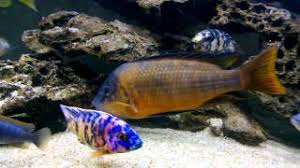Catfish for the Community Aquarium
10 months ago admin 0
Catfish facts
Catfish come in many different species and from many different places around the world. Here are some basic facts about the catfish and how to keep and care for the fish in captivity.
The Catfish, known to scientists as the Siluridae, has several different types. These fish normally feed at the surface of the water and much prefer to eat living organisms. They are not typically very picky eaters and have a reputation for being scavengers, making them a very helpful fish. They are a hardy fish and are not affected very much by water temperature or alkalinity or acidity. Catfish not only eat other decomposing fish, they also feed on many other decomposing materials. Their diet also includes many photo-synthetic organisms like algae. Having a fish like this around will help prevent the build-up of algae in your tank.
A unique feature of catfish is that their skeletal system is made of bone, instead of cartilage like many other fish. Instead of the fleshy fins many other fish possess, the catfish has bones. Again, unlike many of its aquatic neighbors, this fish does not have scales. The whiskers that it has respond to touch, but also help it smell and taste.
Suitability for community aquariums
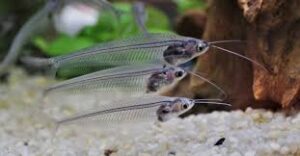
The Glass Catfish from Asia, and India in particular received its name from the clear coating that covers it’s body and it’s a virtually clear body. Whilst there are other varieties of catfish, they are not as desirable as the Glass catfish for the purpose of being in an aquarium. The fish is about 3 1/2″ inches long and has the obvious “whiskers” on it’s upper lip which lend it the name catfish. These whiskers are also called barbels. This fish is not a terribly social animal, choosing to blend into the background and not move around a whole lot.
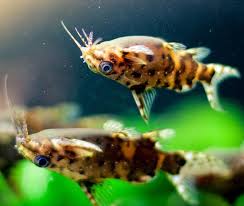
The Upside down Catfish comes from the Begian Congo. The fish can become 2 inches long as an adult. What makes this fish unique that it looks like it swims upside down. This is because the eye is actually below the mouth while the whiskers are attached to the chin and point
upward. Though it looks like it swims upside down, it actually swims right side up. This is a great catfish for cohabitation with other fish in a tank because of it is a scavenger and will help keep the amount of algae in your tank to a minimum.
Below is a reminder about fish not suitable for the aquarium!

